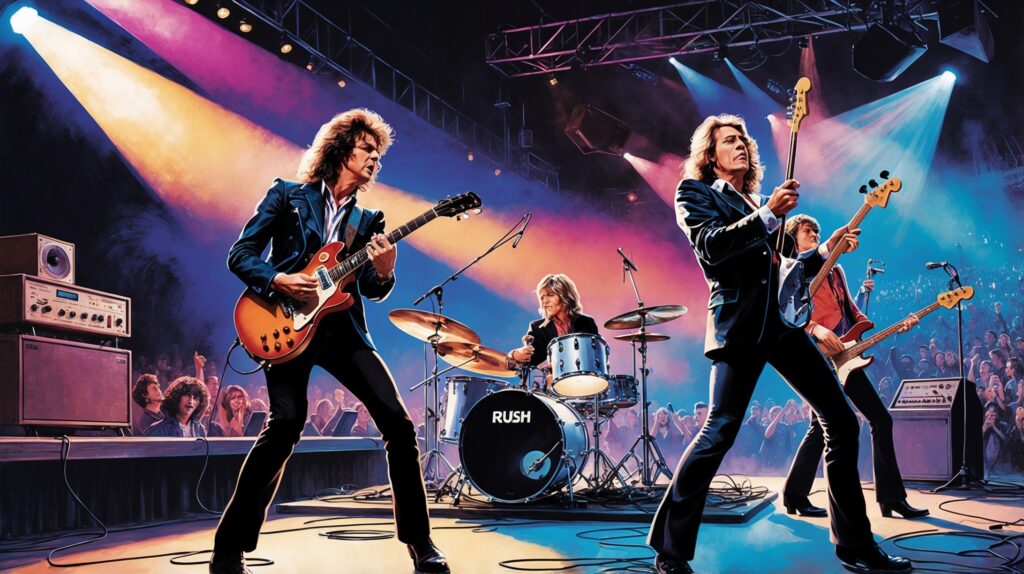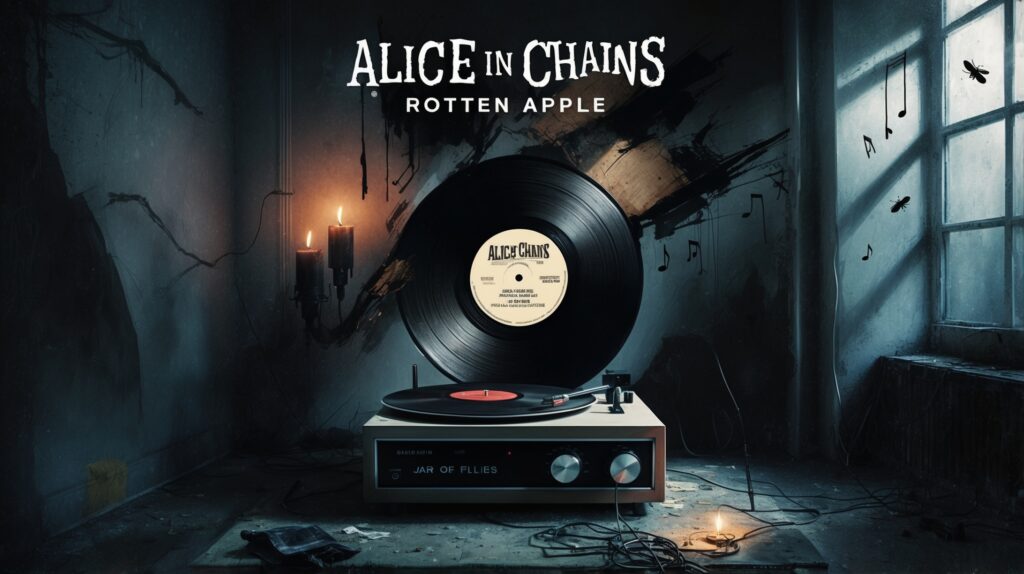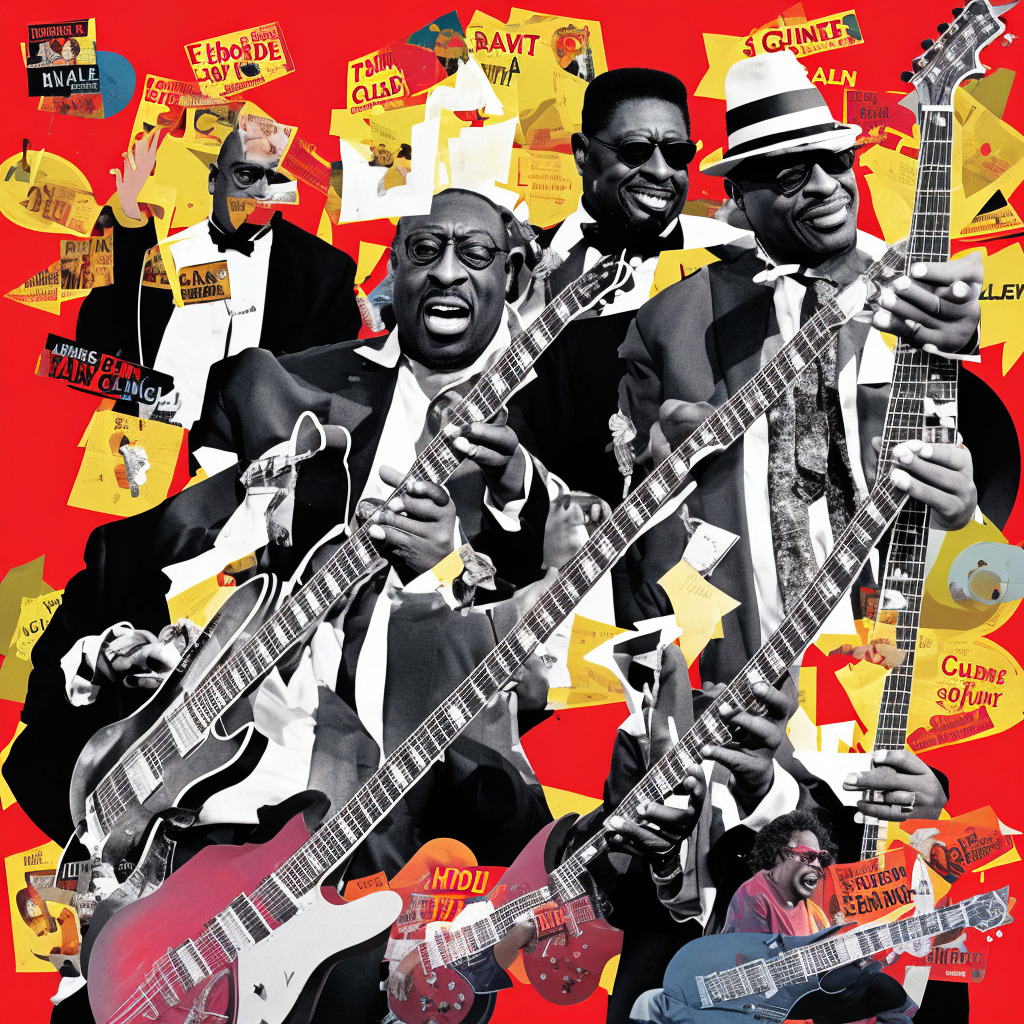Rush: Masters of Progressive Rock
Explore the journey of Rush, the legendary progressive rock band whose song ‘Limelight’ highlights their technical prowess and themes of fame.
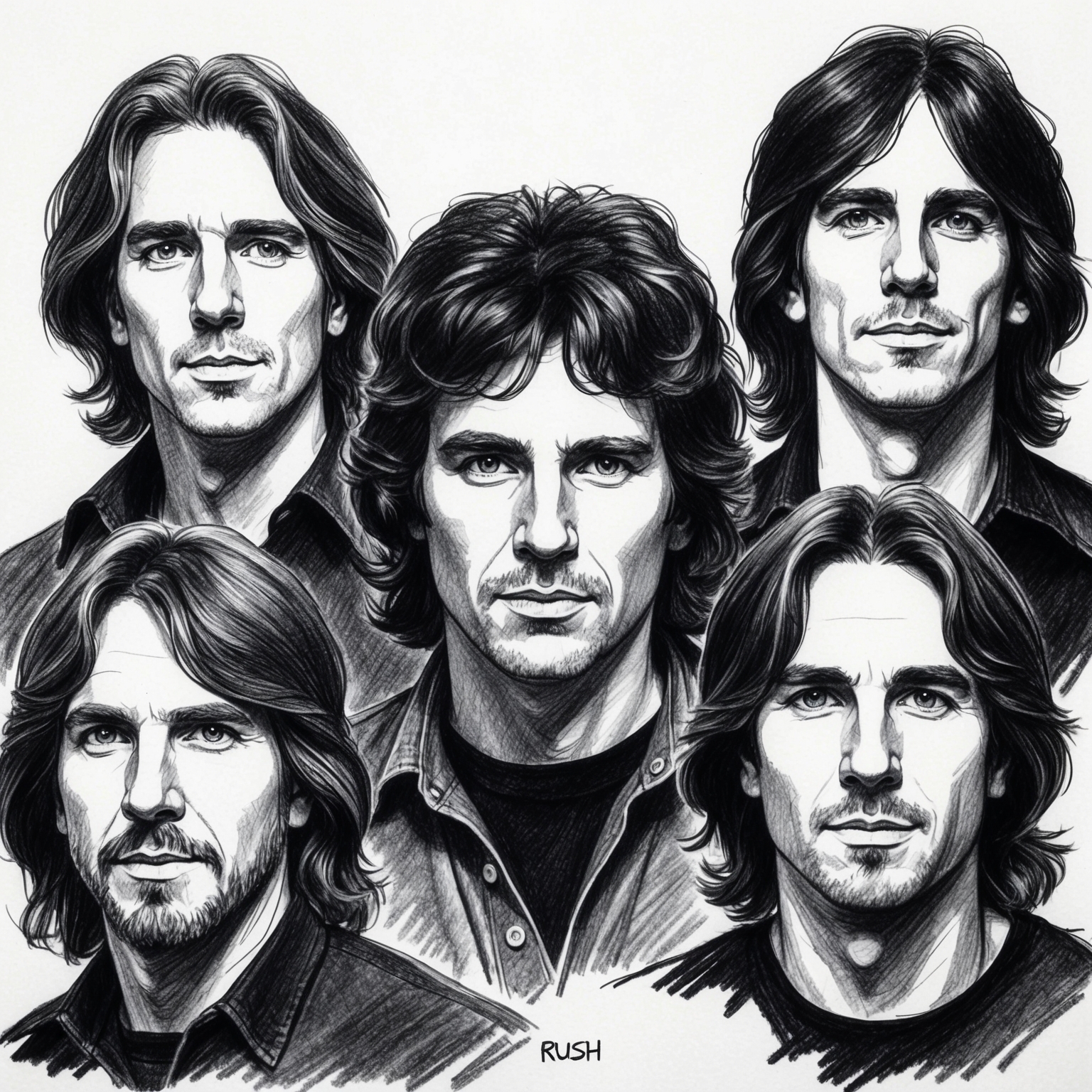
Rush, formed in the late 1960s in Toronto, Canada, is hailed as one of the pioneers of progressive rock, blending elements of hard rock, metal, and complex musical structures that have remained unparalleled in rock history. With the release of their acclaimed album, Moving Pictures, in 1981—which features the iconic track “Limelight”—Rush cemented their place as one of the most influential bands of their time.
The band’s dynamic was shaped by its legendary members: Geddy Lee, known for his distinctive bass playing and high-pitched vocals; Neil Peart, whose intricate drumming and profound lyrical contributions reshaped the band’s musical depth; and Alex Lifeson, with his unique guitar riffs that added a diverse range of textures to their music. The synergy among these three propelled Rush to innovative heights, with “Limelight” becoming a quintessential reflection of their artistry and technical prowess.
As “Limelight” was unleashed to the public, it captured the very essence of being in the spotlight, addressing themes of fame and the personal struggles that accompany it. This was a period when Rush was navigating the burgeoning rock scene, exploring new sonic landscapes, and they were adept at translating their experiences into music that resonated deeply with fans. The era around the release of “Limelight” was pivotal, both for the band’s evolution and the music industry, as progressive rock was seeing a surge in popularity, with Rush at its forefront.
The Mastermind Behind Rush’s Limelight: Neil Peart
Neil Peart, Rush’s drummer and lyricist, was instrumental in crafting “Limelight.” His blend of intellectual lyrics and complex rhythms created an introspective masterpiece exploring fame’s contradictions.
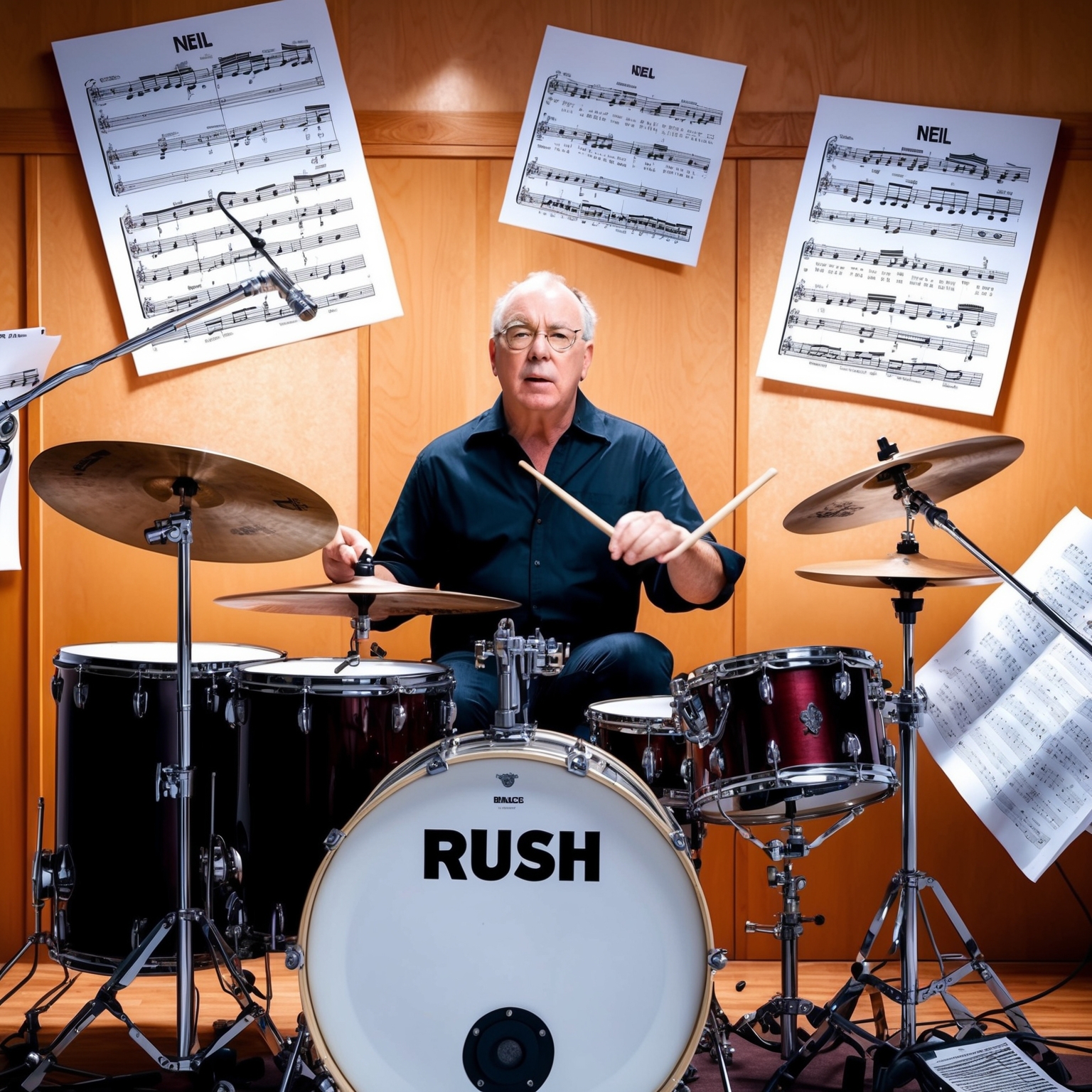
Background and Career: Neil Peart, the legendary drummer and primary lyricist for Rush, was a multifaceted musical genius whose contributions significantly shaped the band’s sound and ethos. Born in Hamilton, Ontario, Canada, Peart showed an early inclination toward music, eventually leading him to enrol in the prestigious Drum Workshop in London. His entry into Rush in 1974 marked the beginning of a new era for the band, as Peart brought a sophisticated sense of rhythm and storytelling to their music. With his intricate drumming and thought-provoking lyrics, he quickly became a pivotal force in defining the band’s progressive rock style.
Musical Style and Influences: Neil Peart’s musical style was a fusion of complex progressive rock rhythms, combined with the lyrical depth inspired by literature, philosophy, and science fiction. Influenced by the likes of John Bonham, Keith Moon, and Buddy Rich, Peart’s drumming was known for its technical precision, odd time signatures, and dynamic range. His lyrics often reflected his intellectual pursuits and personal reflections, providing a rich narrative backdrop for Rush’s sound. This unique combination set Peart apart as not just a drummer but a storyteller and a poet within the music world.
Role in Limelight’s Creation: When it came to creating “Limelight,” Peart’s role was instrumental. He crafted the song’s poignant lyrics, which delve into the contradictions of fame and the pressures of living in the public eye. His words capture the delicate balance between personal privacy and the demands of stardom, offering fans a glimpse into the personal realities faced by the band members. Peart’s drumming on “Limelight” is equally noteworthy, showcasing his skillful blend of power and subtlety that perfectly complements the song’s reflective tone. His ability to intertwine the complex musical arrangement with emotionally resonant lyrics is a testament to his artistic prowess.
Impact on the Song’s Success: Neil Peart’s contribution to “Limelight” is a vital component of the song’s enduring appeal and success. His lyrical insight and rhythmic mastery not only elevated the track but also resonated deeply with audiences worldwide, making it one of Rush’s most iconic songs. “Limelight” exemplifies Peart’s remarkable ability to convey profound truths through the medium of rock music, leaving an indelible mark on listeners and securing its place in the annals of classic rock.
Legacy and Influence: Neil Peart’s work on “Limelight” and many other Rush compositions have cemented his legacy as one of the most innovative and influential figures in rock music. His contributions have inspired countless musicians and lyricists, and his influence continues to be felt across various musical genres. Peart’s unique blend of literary eloquence and unparalleled drumming talent has left a lasting imprint on the music industry, shaping the future of progressive rock and beyond.
Recognition and Riffs: Celebrating ‘Limelight’ Beyond the Charts
Limelight’ by Rush has received acclaim, inspired covers, and appeared in various media, showcasing its lasting impact.

‘Limelight’ by Rush is a song that has not only captured the hearts of its listeners but also garnered significant recognition within the music world. Despite not securing any major awards, the song holds an esteemed position as a classic prog-rock anthem. Its reception among fans and critics underscores its status as a prominent piece in the Rush repertoire. This track from their 1981 album Moving Pictures has become one of the band’s signature songs, routinely celebrated in music retrospectives and collections dedicated to the evolution of rock music.
Over the years, ‘Limelight’ has inspired a variety of covers by diverse artists who are drawn to its intricate combination of progressive rock beats and reflective lyrics. One of the notable covers was performed by The String Cheese Incident, who brought a new twist to the song with their jam band style. Other artists have also paid homage to Rush by integrating ‘Limelight’ into their live concert performances, showcasing the song’s enduring influence and appeal across different music genres and audiences. Each reinterpretation breathes new life into the original masterpiece while preserving its core essence.
Besides its impact in the music domain, ‘Limelight’ has also made its mark in popular culture through appearances in movies and video games, further cementing its legacy. For instance, it features in the popular video game series Guitar Hero, where players can experience the complexity and thrill of performing the classic track themselves. Its presence in various media underscores the song’s flexibility and its ability to engage and inspire cross-generational audiences. From concert halls to living rooms, ‘Limelight’ continues to shine brightly, appreciated by both old fans and a new audience discovering the timeless artistry of Rush.
Chart Achievements and Musical Resonance
Explore the chart success and lasting impact of Rush’s ‘Limelight’, a song that captured the hearts of rock fans and stood the test of time.

When ‘Limelight’ by Rush was released, it marked another significant milestone in the band’s illustrious career. The track first graced the airwaves in February 1981, serving as one of the standout singles from the album Moving Pictures. This particular track resonated vividly with both fans and casual listeners, allowing it to chart successfully. ‘Limelight’ reached the 55th position on the Billboard Hot 100, while also capturing a significant presence on the Album Rock Tracks chart, where it peaked at number 4, showcasing its deep resonance with the rock audience.
In comparison to other tracks dominating the charts at the time, ‘Limelight’ carved out a niche for itself with its distinctive sound, which blended progressive rock elements with more accessible themes. This was a departure from the heavily pop-oriented tracks saturating the charts, affirming Rush’s ability to maintain their unique identity while still achieving commercial success.
Despite not being a breakthrough hit—Rush already enjoyed considerable success with previous albums—the song bolstered the band’s status as stalwarts of the rock genre. Its significance is underscored by its persistence on rock radio and its continued popularity, as new generations discover the track through streaming platforms and social media.
The marketing and promotional strategies for ‘Limelight’ were built upon the existing fame of Rush’s previous successes. Accompanied by the broader success of Moving Pictures, promotional efforts leveraged Rush’s reputation for live performances and their revolutionary sound. The band’s extensive tour following the album’s release further propelled ‘Limelight’ into the collective consciousness, ensuring its enduring popularity.
Public and critical reception of ‘Limelight’ were overwhelmingly positive, with many critics lauding the insightful lyrics and powerful instrumentation. Its cultural impact extends beyond chart performance; it encapsulates the paradox of fame and personal space, resonating with those within and outside the music industry.
Although the song’s chart success cemented its status, its true legacy is witnessed in its cultural relevance across decades. ‘Limelight’ continues to be relevant on streaming platforms, showing impressive numbers and maintaining a prominent place in playlists across Spotify and Apple Music. Fans have embraced the song as an anthem of identity and existential reflection, often sharing their interpretations and reflections on social media platforms and forums.
Economically, the song sustained Rush’s momentum. Beyond album sales, ‘Limelight’ contributed significantly to the band’s subsequent tours, drawing in new audiences and solidifying the band’s foothold in rock history. The track’s influence is felt far beyond its initial release; it remains a foundational piece of the progressive rock repertoire.
Visual Interpretations of ‘Limelight’
Explore the live performances and fan-made videos that capture the essence of Rush’s ‘Limelight,’ giving the song visual life in the absence of an official music video.

‘Limelight’ by Rush is a compelling piece of music that, interestingly, does not have an official dedicated music video, which was a common occurrence for many rock songs of the early 1980s. Despite this, the song’s impact was not diminished, as it has been interpreted through numerous creative live performances and fan-made videos that have proliferated online.
A significant contribution to the song’s visual portrayal comes from Rush’s own live concerts, where ‘Limelight’ becomes a dynamic showcase of the band’s energy and virtuosity. The vivacious lighting displays, coupled with the band’s magnetic stage presence, provide fans with a visually immersive experience. These live performances have often been recorded and shared, serving as a form of unofficial music video that captures the raw power and emotion conveyed by the band.
In addition to live performance footage, fans have taken it upon themselves to craft creative interpretations of ‘Limelight’ through various media. These fan-made videos range in style from animated storylines that interpret the song’s themes, to montages of live concert footage synced to the track. Each video offers a unique perspective, opening up new ways for listeners to engage with and appreciate the song.
Decoding the Musical Blueprint of ‘Limelight’
**’Limelight’** by Rush epitomizes a complex yet accessible musical structure, blending rock with progressive elements. It’s defined by exquisite instrument interplay and sophisticated chord progressions, enhancing the band’s signature style within their discography.

Written in the key of E major, **’Limelight’** by Rush showcases a complex yet accessible musical structure that perfectly blends rock fundamentals with progressive elements. The architectural backbone of the track features a distinctive riff that is both catchy and intricate, a defining hallmark of Rush’s sound during this era. From the opening bars, listeners are greeted with a pulsating rhythm that establishes both mood and momentum, inviting the audience into the nuanced musical landscape that Rush expertly crafts.
The song operates at a moderate tempo, driving its rock anthem quality without overwhelming the listener. Featuring a mix of common chords interspersed with jazz-like transitions, the chord structure not only supports the lyrical narrative but also adds layers of sophistication to the composition. Coupled with the rhythm, this creates a dynamic framework allowing moments of tension to resolve beautifully. The song’s melody is carried by Geddy Lee’s emphatic vocal delivery, merging with intricate guitar work and tight drum patterns, creating a harmony that is both engaging and memorable.
**Neil Peart’s** drumming adds a complex layer of rhythm, characterized by shifting time signatures and syncopated beats that are technical without losing their raw, emotive power. The interplay of instruments—consisting of Lee’s bass lines, Alex Lifeson’s guitar riffs, and Peart’s percussive wizardry—forms a sonic tapestry that feels both fresh and organic. Recorded at the celebrated Le Studio in Quebec, **’Limelight’** captures a period of creative zenith for Rush, illustrating their maturity in sound and thematic orchestration. The production techniques, led by Terry Brown, accentuate the nuanced brilliance of the band, adding depth while maintaining clarity.
Comparatively, **’Limelight’** stands out within Rush’s discography as both a continuation and evolution of the band’s sound. While their earlier works leaned more heavily into elaborate instrumentals and sprawling compositions, this track signals a honing of both technical prowess and mainstream accessibility. It signifies Rush’s ability to pivot artistically without sacrificing their progressive roots, marking a significant milestone in their journey as innovators of progressive rock.
Exploring Limelight: The Dichotomy of Fame and Reality
Rush’s ‘Limelight’ intricately examines the dichotomy of fame, identity, and personal isolation through a blend of metaphors and introspective narrative.
Approaches the unreal
For those who think and feel
In touch with some reality beyond the gilded cage
Cast in this unlikely role
Ill-equipped to act
With insufficient tact
One must put up barriers to keep oneself intact
Living in the limelight, the universal dream
For those who wish to seem
Those who wish to be, must put aside the alienation
…
******* This Lyrics is NOT for Commercial use *******
 Lyrical Themes and Messages: The lyrics of ‘Limelight’ by Rush delve into the complex dynamics of fame, identity, and isolation. At its core, the song reflects on the juxtaposition between public persona and personal reality. Released in 1981, during a time when celebrity culture was gaining momentum, these themes resonated strongly with audiences who were beginning to question the cost of fame. The lyrics explore the loneliness that often accompanies the spotlight, a sentiment that remains relevant in today’s social media-driven era.
Lyrical Themes and Messages: The lyrics of ‘Limelight’ by Rush delve into the complex dynamics of fame, identity, and isolation. At its core, the song reflects on the juxtaposition between public persona and personal reality. Released in 1981, during a time when celebrity culture was gaining momentum, these themes resonated strongly with audiences who were beginning to question the cost of fame. The lyrics explore the loneliness that often accompanies the spotlight, a sentiment that remains relevant in today’s social media-driven era.
Narrative and Storytelling: The song adopts a reflective, first-person narrative, allowing listeners to intimately connect with the perspective of the ‘character’ living in the limelight. This approach gives an introspective quality to the storytelling, where the protagonist grapples with balancing public image and private self. The narrative unfolds without a concrete story, focusing instead on the emotional and psychological landscape created by fame’s demands.
Use of Literary Devices: Neil Peart, Rush’s esteemed lyricist, skillfully employs metaphors and imagery to enhance the lyrics’ evocative quality. Phrases like ‘lighted stage’ and ‘gilded cage’ illustrate the gilded yet confining nature of fame. These metaphors underscore a sense of entrapment and illusion, portraying fame as both a dream and a cage, capturing the duality of allure and alienation.
Cultural and Social References: The song doesn’t make overt historical references, but its themes subtly critique the burgeoning celebrity culture of the late 20th century. The lyrics highlight a universal dream, tapping into society’s fascination with fame. This critique is timeless, echoing through generations as the cult of celebrity continues to evolve.
Emotional Impact and Relatability: ‘Limelight’ evokes a mix of longing, introspection, and melancholy. The emotional gravity in lines like ‘One must put up barriers to keep oneself intact’ resonates with anyone who has felt the pressure of maintaining a curated image. This relatability has contributed to the song’s lasting impact, allowing fans to project their own struggles with authenticity and public perception onto the lyrics.
🎸 Did you know? Rush’s Limelight captures the thrill (& challenges) of rock star fame! Neil Peart’s lyrics are pure poetry! 🥁🎶 #Rush #Limelight #RockLegends #FunFact https://bit.ly/3OicRMC
Click to Tweet

